Table of Contents
Seasickness—it’s the bane of everyone who’s been on a boat and a crippling fear for many who are afraid to go. Professional sportfishing captains and their crews are no exception. Knowing how to manage or preventing seasickness on a boat is a necessary step to any lifestyle that involves long periods on the water.
Seasickness is only one of several related types of motion-triggered nausea, collectively referred to as “motion sickness.” Other common forms of motion sickness originate from riding in cars, trains, airplanes and amusement park rides.
Thankfully, there are a variety of options available today for managing and relieving the common symptoms. Making an informed decision of the best personal solution to this problem may be aided by a better understanding of its underlying mechanisms, as well as by learning from and comparing others’ proven techniques in managing it.
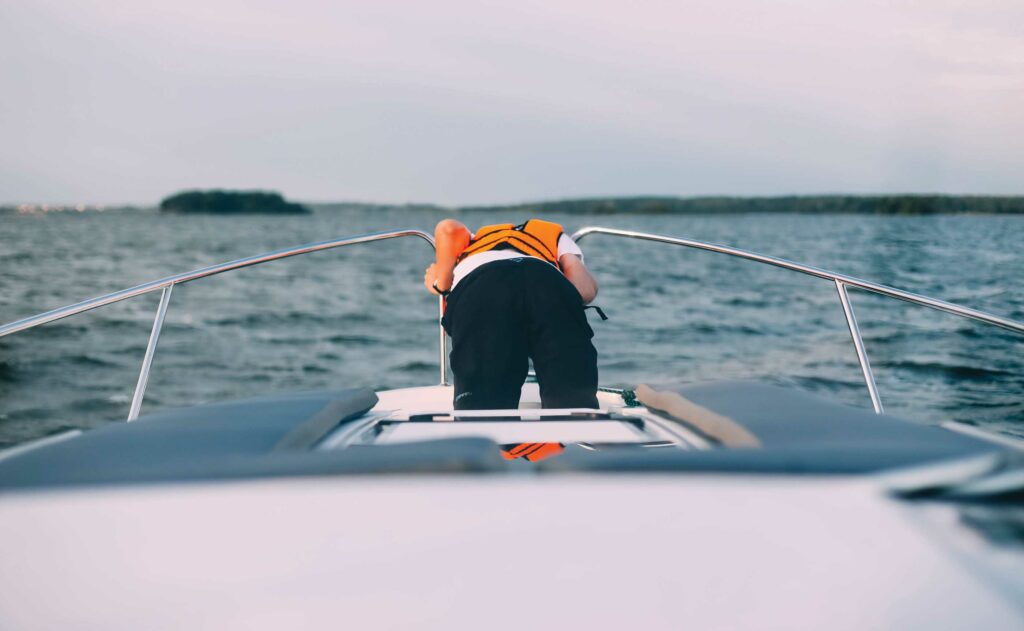
Physiology of Motion Sickness
Motion sickness is a complex phenomenon driven by a mixture of intertwined physiological (related to the body) and psychological (related to the mind) factors. The syndrome is not unique to humans, as dogs and other animals are known to suffer as well.
Over the past century, scientists have managed to pinpoint three loop-shaped, fluid-filled structures known as semicircular canals, which lie in the inner ear, as the headquarters of the body’s sense of balance. For unknown reasons, disrupting the sense of balance results in motion sickness. A person’s susceptibility to motion sickness appears to be directly correlated with their sensitivity to disturbances in their sense of balance.
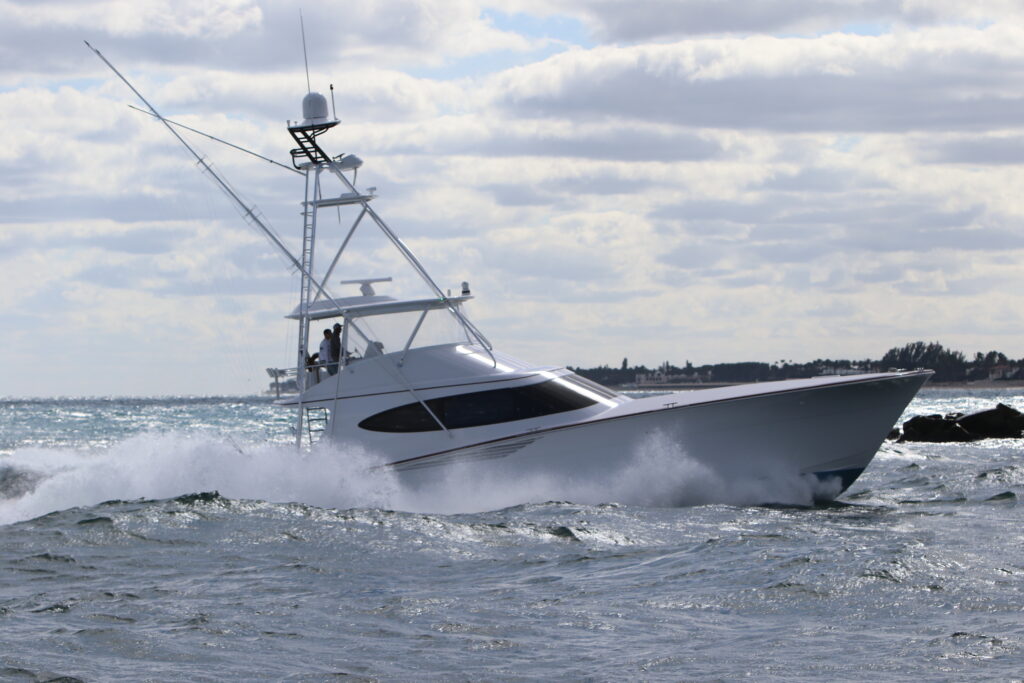
Practical Management and Prevention of Seasickness
It has been well-established over time that the effective prevention of motion sickness requires harmony between a person’s internal sense of balance, as governed by the vestibular system of their inner ear, and a person’s visual perception of motion, based on eyesight. Motion sickness results from a disjunction between these two factors.
Thus, the first step in preventing motion sickness on a boat is to maintain a good sense of visual orientation.
“We tell people to stay looking at the horizon, avoid looking down and try to keep some fresh air blowing on their face,” says Islamorada, Florida-based Capt. Nick Stanczyk.

Symptoms of Seasickness
You’ll most likely be familiar with motion sickness symptoms including headaches, dizziness, dry mouth and vomiting. Other symptoms may be – although uncommon – when someone suffers from motion sickness they may be dehydrated, inactive or hypotensive(relating to or suffering from abnormally low blood pressure.). When people are continually exposed to motion their body adapts usually within the same day though the symptoms might recur after an intense or prolonged reaction.
Breathe Fresh Air
When sea sickness strikes, it might be helpful to go above deck to view the horizons. It helps to see movement, and your eyes send a brain signal more accurately to your brain that matches your inner ears perception. Fresh air can often help.
Just as a car driver can anticipate the feeling of a hill they drive over before they reach it, so can someone above deck or up on the flybridge of a boat anticipate the rolling and rocking motion of each coming wave, before it reaches the boat. If instead they are seated aft facing the waves that have already passed, they cannot anticipate the feeling of the next wave as it comes, and this increases their risk of motion sickness.
A Captain’s Perspective to Preventing Seasickness on a Boat
Capt. Kobey Treadwell, of North Cape May, New Jersey, has over 20 years of competitive and charter fishing under his belt, and he is convinced that psychological factors form the primary underlying cause behind most people’s sea sickness symptoms.
“I believe that most people get themselves seasick,” he says. “Not on purpose, but because they’re constantly thinking about it. They get on the boat, they go out, they think about it—that’s all they focus on, and they end up sick. I know in my heart that it’s part of the problem going on a boat.”
Treadwell himself claims to have never suffered from seasickness in his life.
“I had a friend growing up who, every time we went fishing, ended up seasick,” Treadwell says. “But every time we went, he would get it a little less, to the point that eventually he never got seasick again. He got used to the movement and the motion, over time.” Treadwell and others refer to this process as growing “sea legs.”
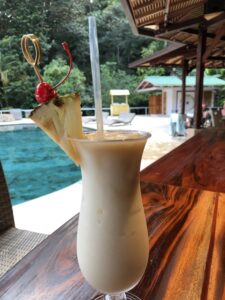
Additional Aggravating Factors
Consuming alcoholic beverages during or shortly before heading out to sea exponentially increases a person’s susceptibility to seasickness. Even drinking the night before can place needless pressure on the digestive system, as a hangover can aggravate motion sickness almost as easily as inebriation.
Greasy food also has a reputation for irritating the stomach, so it should be avoided before and during a boating voyage. When questioned on the reasons behind the association between greasy food and motion sickness, Treadwell suspected a closer connection might exist between greasy food and heavy drinking, and that it may be the latter rather than the former that is the primary culprit in exacerbating seasickness.
Unpleasant smells, like the smell of bait and dead fish, may sometimes aggravate some people’s bouts of seasickness. Just like seasickness itself, the nauseating feeling that different smells evoke depends a lot on a person’s sense of smell. A smell that one person might find repulsive might not bother somebody else.
“A lot of times, diesel fumes play a big role in it, too,” says Capt. Stanczyk. “If you’re on a diesel boat, and you’re back there breathing in the fumes and smell, you want to get away from that.”
Unpleasant smells, like the smell of bait and dead fish, may sometimes aggravate some people’s bouts of seasickness. Just like seasickness itself, the nauseating feeling that different smells evoke depends a lot on a person’s sense of smell. A smell that one person might find repulsive might not bother somebody else.
“A lot of times, diesel fumes play a big role in it, too,” says Capt. Stanczyk. “If you’re on a diesel boat, and you’re back there breathing in the fumes and smell, you want to get away from that.”
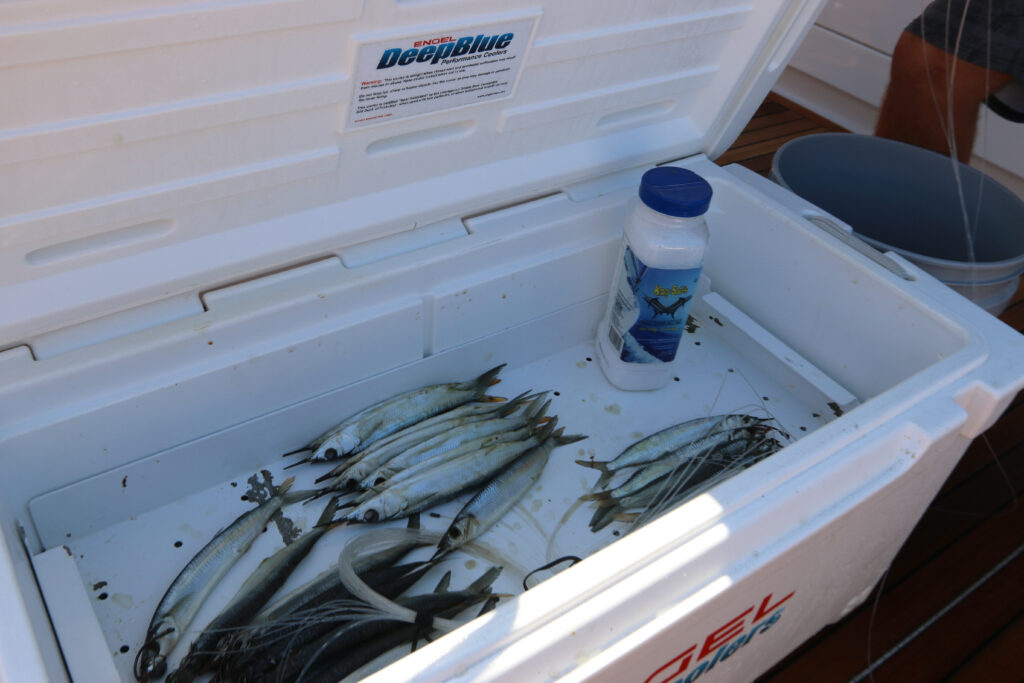
Natural Seasickness Remedies
One of the most trusted natural reliefs for the symptoms of seasickness is ginger root, in its many preparations. Ginger root is available in the whole form, which may be purchased from most supermarkets, or in powdered form, which may be mixed into a beverage. Pills containing crushed ginger are also available. Many fishing captains bring along ginger ale for passengers to consume to help relieve nausea.
“Ginger ale helps because it settles the stomach,” Capt. Treadwell says. “It won’t cure it, but it can help someone feel a little bit better.”
Some research has also suggested that placing pressure on certain parts of the arms and hands may also help alleviate motion-induced nausea. To take advantage of this phenomenon, the brand Sea Bands has released a line of wristbands that employ “acupressure” (from “pressure” and “acupuncture”) on a part of the wrist. Other brands, such as EmeTerm and Reliefband produce battery-powered vibrating wristbands to augment their nausea-relieving effects.
Seasickness Medications
If all else fails, there exists a variety of over-the-counter and prescription medications for managing seasickness symptoms. One of the most frequently used and readily available medications for motion sickness is dimenhydrinate, marketed under the over the counter medication and brand name Dramamine. It is an antihistamine, much like the familiar anti-inflammation drug Benadryl. Like Benadryl, it is also prone to make its user drowsy.
“The trick is to take it the night before,” says Capt. Stanczyk. “Yeah, it might make you a little sleepy, but it’s better to sleep on the boat for the first hour than be sick on the boat for the next eight hours. To have it in your system is the key because many people take seasickness medication when they’re out on the water and at that point, it’s too late, they’ll just throw it all up.”
Should Dramamine be unavailable, its more familiar cousin Benadryl has also been noted for its ability to effectively combat nausea, and may, if necessary, be taken in the place of Dramamine.

Prescription Patch
Another popular medication for treating motion sickness is scopolamine, which is available as a wearable transdermal patch. Wearing the patch allows the medication to pass through the skin into the bloodstream.
Does putting an earplug in one ear help with motion sickness?
If all else fails try the earplug trick! Just insert the earplug into one ear. Consequently the brain focuses instead upon your eye signals and ignores your ears. Old time sailors say that plugging your ear is the most effective to counter sea sickness when you’re right-handed.
Cannabis Oil
For what it’s worth, some recent research has suggested an anti-nausea mechanism is present in cannabidiol, though the legal status of this substance is still very much in flux in the United States.
Should somebody need something a little bit stronger to prevent seasickness, an antiemetic (vomit-preventing) drug called ondansetron is available by prescription, under the brand name Zofran.

In Conclusion
Whenever the risk of seasickness is a matter of concern, planning ahead is essential.
Although seasickness can be prevented by acting beforehand, once it has taken hold, it is practically impossible to alleviate at sea and can be dangerous if not relieved quickly. Relieving seasickness is an effort that requires returning the boat to shore, which itself can present a huge challenge to a crew once they’ve reached the open ocean. Capt. Treadwell advises boaters to heed the lessons he learned from his time running long range charter boats:
“Our trips were each about 24 hours, so if we had somebody who was really seasick, we would make sure they drank plenty of fluids, even if they kept throwing them up,” he says. “Usually about the four-or-five-hour mark, you’d watch them start being able to keep the fluids down, and once they can keep the fluids down, even if they feel sick for the rest of the trip, they’re gonna be ok. Whereas, if they can’t keep fluids down, you’re gonna have to go back because, at that point, it’s become a medical emergency. You need to take them to the hospital before they have more severe medical consequences.”
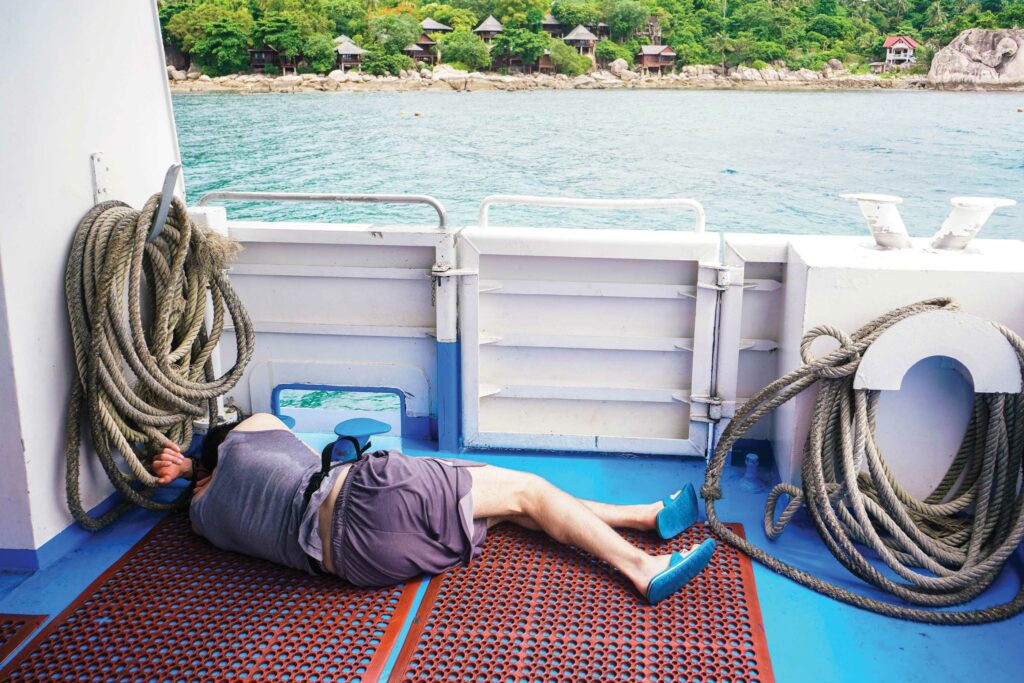
Dive Deeper into the World of Sportfishing
Unlock Exclusive Savings: Enjoy 50% Off Your Subscription!
Are you ready to explore the thrilling world of sportfishing from the comfort of your home? Subscribe now and embark on a journey filled with captivating stories, expert insights, and insider tips. Choose between our digital or print edition and secure an incredible 50% discount on your subscription.
Subscribe today and get ready for an adventure like no other. Click here to subscribe and elevate your sportfishing experience with InTheBite Sportfishing Magazine.








